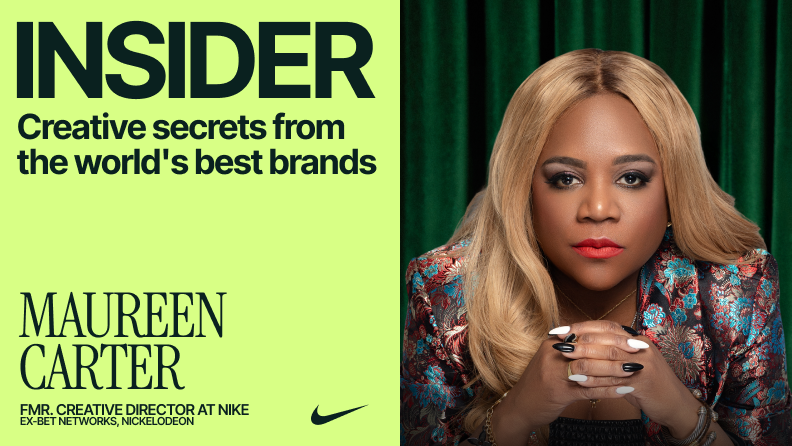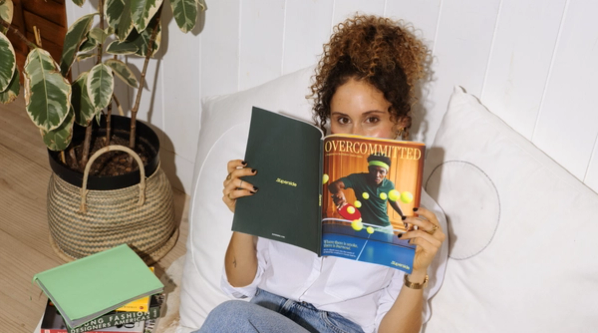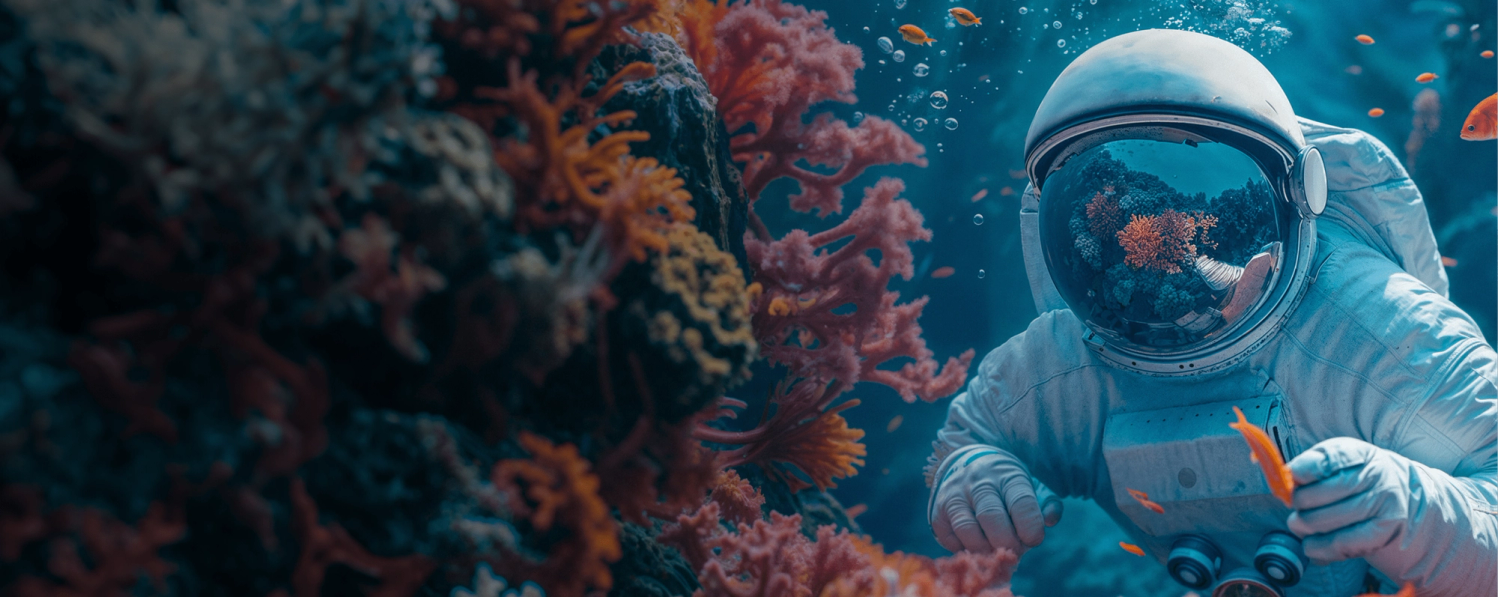How Superside’s CMO is redefining creative leadership in the age of AI
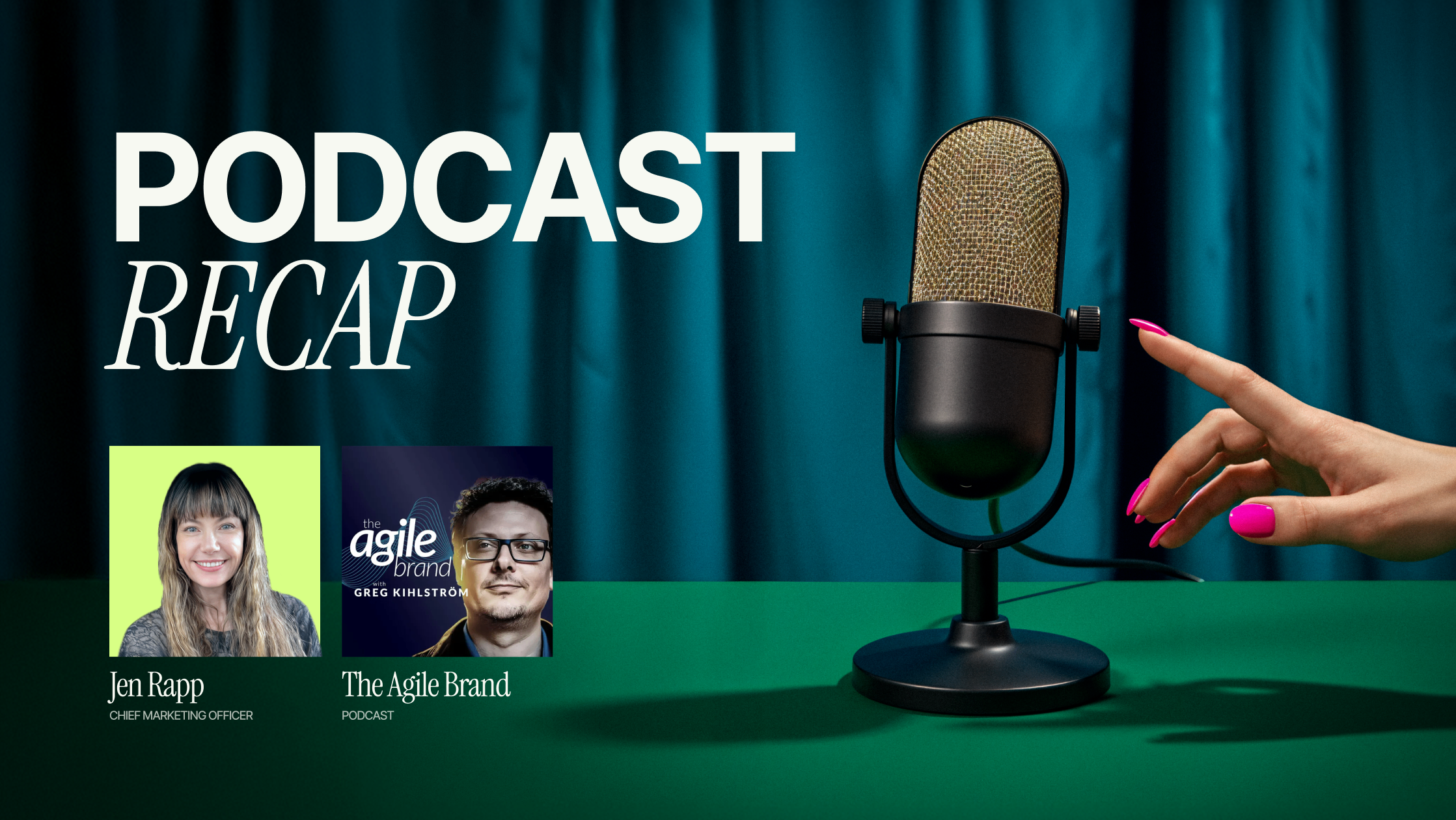
What if your creative team was your biggest growth engine? Superside’s CMO, Jennifer Rapp, reveals how AI and bold storytelling are reshaping modern marketing.
“Creative is the new targeting.” This mic-drop moment from Jen Rapp, Chief Marketing Officer at Superside, perfectly sums up the spirit of her conversation with Greg Kihlström on The Agile Brand Podcast.
As brands continue to ride the AI wave, Rapp is steering Superside—and the broader marketing world—toward a creative-first future. From the opportunities AI opens up to navigating hesitance and differentiating through creative, here are the biggest takeaways from her podcast episode with Kihlström, no fluff, no filler.
AI is not the enemy—it’s the opportunity
Rapp spent a decade leading marketing at Patagonia, before diving into the fast lanes of tech at DoorDash, Klaviyo and now Superside—an AI-powered creative service built to support bandwidth-stretched internal teams.
She explained how Superside has made a bold bet: Go all in on AI. But beyond just adopting it, the company has trained all 500 of its global creatives on it. As Rapp put it, Superside reached a turning point.
We decided to uplevel and train all of our 500 creatives globally on AI… it was a moment of the company’s history where it was like, alright, we can either get on board or potentially be left behind.
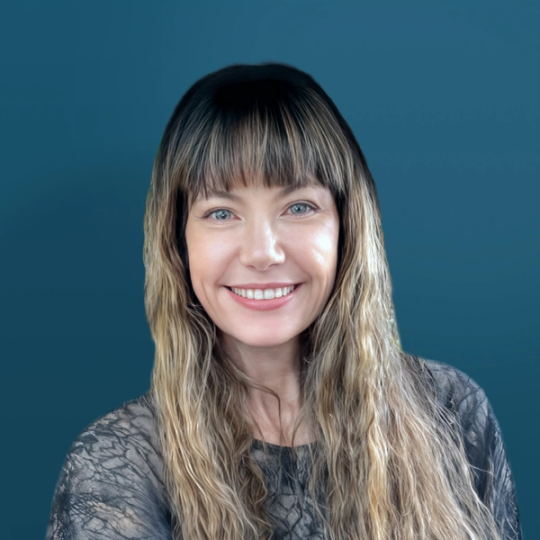
Another example of the company jumping on this opportunity? Superside’s recent rebrand. It isn’t just a visual refresh—it’s a declaration of a full-throttle commitment to AI.
The rebrand puts AI front and center, not only in Superside’s services but in its positioning. It’s more than just showcasing what AI can do—it’s about proving what AI enables. According to Rapp, “Our rebrand very much celebrates the use of AI, shows people how they can use AI. It really puts AI at the forefront of everything that we’re doing.”
AI + creativity = Efficiency and wonder
Where’s AI making the biggest impact in creative work right now? According to Rapp: the briefing and ideation phase.
Our team is able to take small ideas that would’ve taken forever to storyboard… and AI does it for you in a flash.

Instead of spending hours storyboarding or drafting initial scripts, AI helps Superside's creatives bring multiple ideas to life in seconds, making it easier for marketing leaders to quickly vet and greenlight high-potential concepts. “It allows your team to be more creative,” she said. “You can literally prompt AI to create storyboards for you so that my team can bring six ideas for a video and put them in front of me.”
Think faster scripting, auto-generated storyboards and creative iteration without burnout. At a critical time when 76% of creative leaders report feeling burned out, it's more important than ever to implement efficiencies that ease the burden—not add to it. That’s what AI brings to the table—scaling the creative spark without compromising quality.
Navigating AI hesitance
And yes, AI hesitancy is still real. Rapp acknowledged the split in the market—some teams are ready to dive in, others are handcuffed by legal concerns.
Some of our biggest customers are a little AI hesitant… we built it into our product so that you can literally click a button that says AI enabled or not.

But instead of dwelling on the uncertainty, Superside is choosing optimism—and helping clients do the same. “Let’s focus on the creative doors this opens and the efficiency gains that it can bring to all of our teams,” Rapp said.
That mindset is now baked into Superside’s value proposition: not just helping brands keep up with AI, but being their creative team’s creative team and giving them a shortcut into the AI-powered future.
Creativity as a business function, not an afterthought
Marketing channels come and go. Algorithms shift. Targeting strategies evolve. But one thing is becoming increasingly clear: creative is the constant, and it’s more critical than ever.
One of the biggest mindset shifts Rapp is pushing? Treat creative like a growth engine, not a nice-to-have.
Creative is the new targeting… the only way we can sell a differentiated story today is through our creative.

In a world where every brand has access to the same platforms—Facebook, LinkedIn, Google, programmatic—you’re no longer winning on where you show up, but how you show up. It’s the quality, originality, and resonance of your creative that ultimately breaks through.
Fresh content is king
Instead of obsessing over channel hacks, Rapp’s team at Superside has doubled down on delivering a constant flow of fresh, high-performing creative. But during their recent rebrand, something surprising happened: they paused that cadence. And almost immediately, they felt the impact. “We saw a dip in pipeline generation… and we were all like, what is going on?” Rapp shared. After checking campaigns, targeting and every possible lever, the culprit was clear: ad creative had gone stale.
The team quickly created new ads—injecting fresh visuals, updated copy and a renewed call to action. The results? Instant uplift.
Within one day, we saw the performance coming back up… that ad fatigue is real and really strong creative is also very real.

That moment became a wake-up call—not just about ad fatigue, but about the real, measurable power of great creative. And it wasn’t just a marketing operations insight—it was a business insight. Creative wasn’t just a production function or a tactical support team. It was driving pipeline. And that meant it needed to be treated as such.
B2C or B2B? It doesn’t matter—emotion wins
When it comes to the age-old question about how to market to customers in B2C vs B2B, Rapp doesn’t buy into the idea that B2B marketing should be less emotional or inspiring than B2C. Whether you're selling jackets or creative services, you’re still solving a problem for a human.
Products exist to solve a customer’s problem… the way to sell a problem is through emotion.

She calls it "aspirational marketing," and she brings that ethos into Superside by telling stories of real marketers overcoming burnout and bandwidth issues.
Embracing the future of marketing
If you're navigating how to integrate AI into your creative workflows—or rethinking how your team approaches creative altogether—Rapp offers a powerful perspective.
The future of marketing is unfolding fast, and those who lean into curiosity, creativity and continuous learning will be the ones who thrive. Whether you’re ready to go all-in or just beginning the journey, there’s never been a better time to reimagine what’s possible.
Tess is a Senior Content Specialist at Superside, where she crafts compelling content for SMBs and enterprise businesses. With over 10 years of experience, Tess has honed her skills writing for both B2B and B2C audiences, working across agencies and in-house creative teams. Her expertise spans industries, including international relations, tech, hospitality, and the music industry, where she has a knack for blending storytelling with strategic insights. When she’s not busy writing, you’ll likely find her curled up with a good book, binge-watching the latest Netflix obsession or hiking.
You may also like these

Results with heart: Inside Superside's empathy-fueled path to performance
Creative impact can’t be captured by a single metric or mood.But it is visible in results—and few understand this balance better than Superside's Gradwell Sears, Chief Creative Officer, and Josh Mendelsohn, Senior Director of Product Marketing. In our latest guide, Inside Great Creative Partnerships, Sears and Mendelsohn discussed how creative and marketing leaders must harmonize emotional resonance with measurable business performance to drive real impact.Spoiler: Results matter, but so do the people behind them. From ROI to vibes and empathy to partnerships that thrive, keep reading to see:Why creative is foundational to performance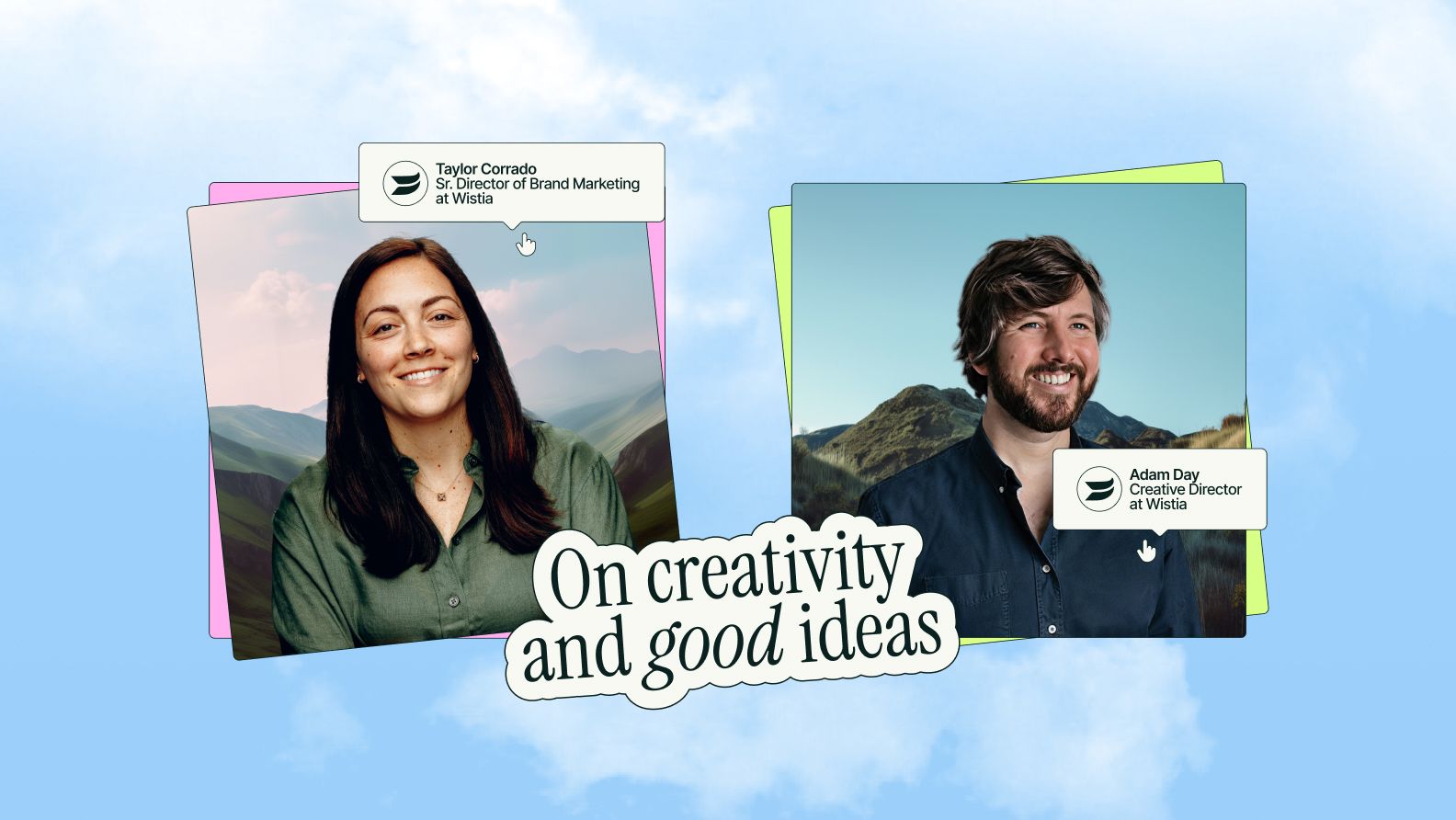
Open doors, unlock ideas: Inside Wistia's creative partnership
An SNL-inspired twist on a classic campaign.An analogue book that’s shipped over 700 copies around the world.A TikTok series narrated by a psychic raccoon.Okay, that last one’s made up. But one thing’s for sure, the creative and marketing teams at Wistia don’t just bring the creativity—they crank it to eleven.That’s why we had to speak with them for Superside’s latest guide, Inside Great Creative Partnerships. Wistia’s Adam Day, Creative Director, and Taylor Corrado, Senior Director of Brand Marketing, were kind enough to oblige and spill their secrets, including: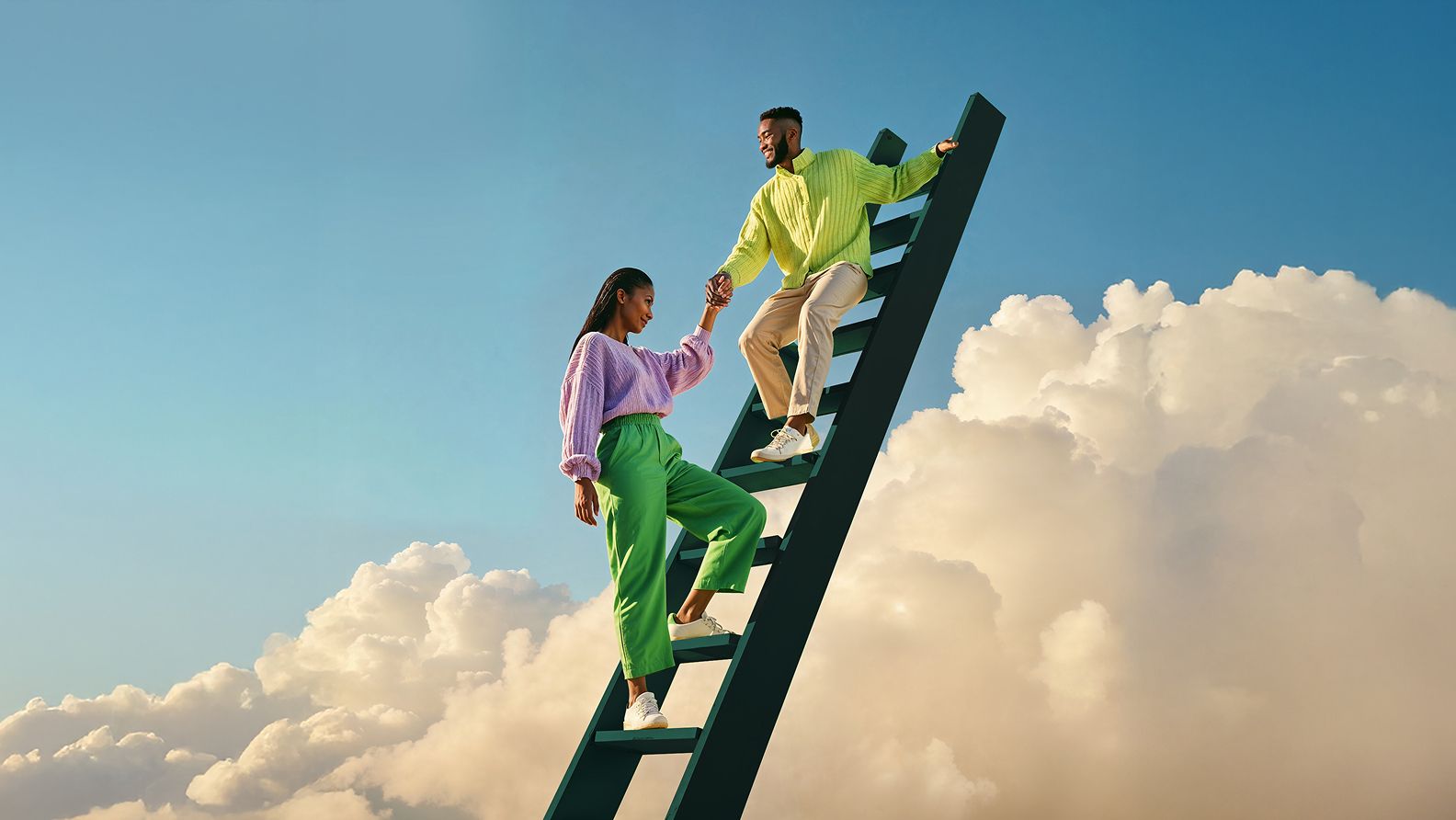
Get off the conveyor belt: 22 leaders on the secret to great work
“It can’t be an assembly line. You have to bake in collaboration—brainstorms, thought starters—before your jump to production. That’s where the best ideas come from.”Kevin Branscum, Senior Director of Brand Marketing at Typeform, shared this thought when we interviewed him for our latest guide. And he wasn’t the only one. The concept of partnerships—true collaboration between marketers and creatives—came up over and over again as the lynchpin for any successful campaign.That’s why we called the guide, Inside Great Creative Partnerships.It digs into hard-earned, real-life lessons from 22 top creative and marketing leaders shipping great work, together. We’ve already spilled their number one secret. But there are many more big ones, like:The source of great ideas